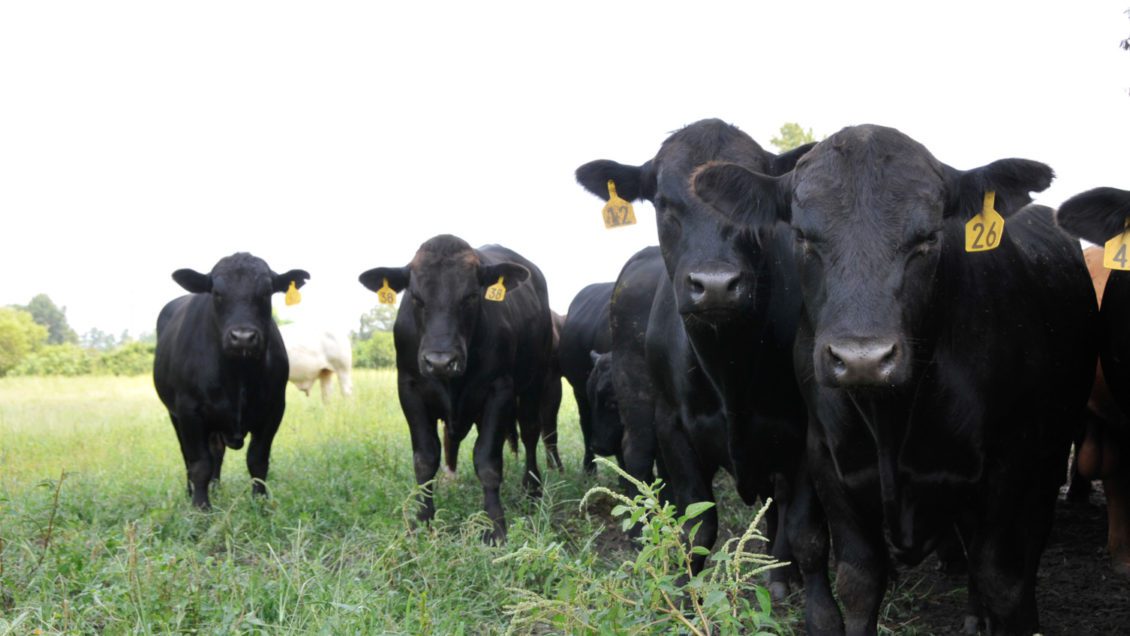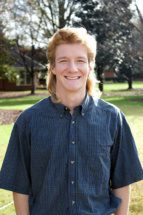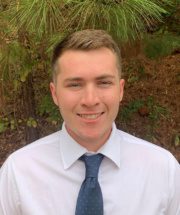CLEMSON, S.C. – Much like tractors, robots are becoming common fixtures in agriculture and a Clemson University research team believes robots can help producers save money while ensuring high-quality forage for livestock and better management of soil.
The team, directed by Bulent Koc of Clemson’s agricultural mechanization and business program, has received a $423,263 grant from the United States Department of Agriculture National Institute of Food and Agriculture (USDA-NIFA) for a 3-year study to develop forage quality and quantity measurement systems for precision pasture management. Research takes place on the university’s main campus and at the Simpson Research Farm in Pendleton. The farm is part of the Clemson Piedmont Research and Education Center.
“Specifically, we will use unmanned aerial vehicles (UAVs) and ground rovers (robots) for this study,” Koc said. “We will use these UAVs to collect aerial images for developing crop surface models and vegetation indices of pasture fields and develop ground rovers to measure biomass height and biomass quality. Next, we will integrate aerial and ground measurements for the assessment of pasture quality and pasture yield predictions.”
Other project leaders are Matias Aguerre of Clemson animal and veterinary sciences, along with Matt Burns, Clemson Extension Service beef specialist and livestock and forages program team leader, and John Chastain, also of Clemson agricultural mechanization and business.
Forage quality and quantity directly affect animals’ weight, milk production and reproductive abilities. Livestock producers need to know the quality and nutritional value of the pasture to obtain optimal forage utilization and high animal growth rates.
Students benefit
Brendan MacInnis from Clover and Curtis Erwin from Mooresville, North Carolina, both master’s degree students in agricultural mechanization and business, and Manuel Peña, a doctoral student in animal and veterinary sciences, from Colombia, are working on the project, as well.
“We are putting together technology and agricultural practices to help producers, while at the same time, improving use of the soil,” Peña said.
Knowing biomass quality and quantity is important for producers who want to be on top of their business. This knowledge can help producers efficiently use their soils, pastures and their animals.
“Having this knowledge helps producers make decisions on when and how to use the resources they have available,” Peña said. “However, taking these measurements is tedious and time consuming. For this reason, most of the producers do not take these measurements, which often results in poor planning and waste of feed which also means money lost.”
Developing robots to take these measurements can save time and money, while enhancing production systems.
Erwin and MacInnis said knowledge they’ve gained from being in the Clemson agricultural mechanization and business program has been beneficial in working on this project.
“The main task we have been focusing on this semester is the design and development of an electric mechanism to collect samples of various forage crops,” Erwin said. “Through the work on the sampling mechanism, we have developed skills related to being on an engineering team such as forming a schedule and following the design process to properly define the problem, brainstorm ideas, develop prototypes and test them.”
MacInnis credits knowledge gained while taking a forage class, among other courses, as helping him. He is interested in a career that focuses on aerial technology and using this technology in agriculture.
“It has been very rewarding working with and learning from robotics experts,” MacInnis said. “We have been very fortunate to have people with this expertise help us along the way.”
Beef and dairy industries benefit
Sustainable forage systems are needed for the United States’ beef and dairy industries. The team will validate using remote sensing units, such as rovers and drones, as tools to estimate pasture yields and quality under both controlled and farm-like conditions. The drones and rovers will be used to determine forage yields and quality assessments of ryegrass, tall fescue, bermudagrass and alfalfa.
“There is a need for accurate measurement of forage quality and quantity in pasture for optimal livestock management,” Aguerre said. “Favorable climate conditions exist in the Southeastern United States to allow forage to be produced for longer periods than in other parts of the country. But because of labor and other tasks involved in obtaining these measurements, cattle producers are not usually maximizing this competitive advantage.”
The researchers say measuring forage quality and quantity with field robotics will reduce the drudgery of pasture monitoring and improve the quality of life for cattle producers. Frequent measurements of pastures will increase pasture utilization by optimizing stocking rates and durations of grazing, as well as reduce dependence on supplemental feeding. Finally, precise measurement of forage yields will minimize over-application of plant nutrients, thus reducing input costs and environmental impacts of cattle production.
“Hence, the profitability and sustainability of pasture-based cattle production will increase,” Aguerre said.
-END-
This study is funded by United States Department of Agriculture National Institute of Food and Agriculture (USDA-NIFA) Grant 2020-67021-31960. Any opinions, findings, and conclusions or recommendations expressed in this material are those of the authors and do not necessarily reflect the views of the USDA-NIFA.
Get in touch and we will connect you with the author or another expert.
Or email us at news@clemson.edu






